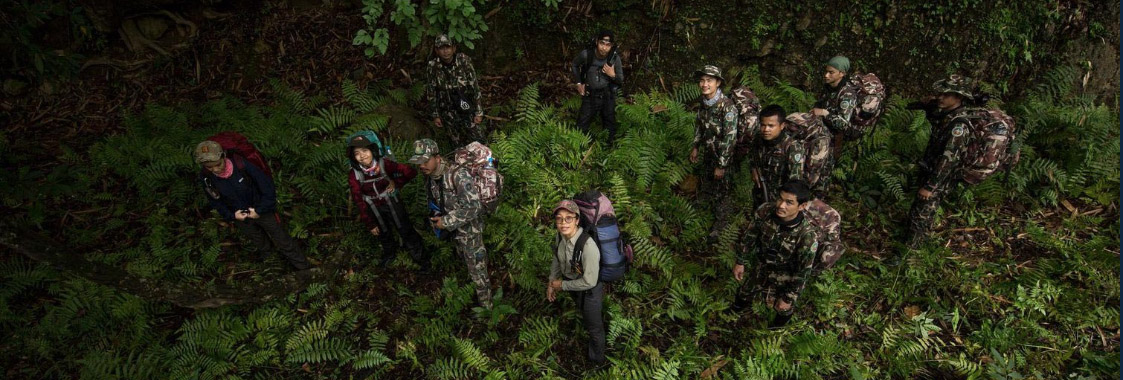The Illegal Wildlife Trade is a multibillion-dollar black market. Despite being protected under national laws and international accords, wild cats have increasingly been targeted over the last several decades for their furs, teeth, bones and other body parts, as well as for the live animal trade. The wide-ranging demand for felids is driven by traditional medicines, fashion, decoration, status, the pet trade and more.
While big cats have long been targeted for their skin, bones, fangs and other body parts, poachers are increasingly seeking out small wild cats, including clouded leopards, servals and other small cat species. Cheetahs and fishing cats are also being captured for the illegal pet trade. Panthera is proudly part of the growing movement to end the catastrophic illegal market for wildlife.
Our Impact
Wildlife traffickers spin a vast web of communications and operations, unencumbered by laws or national borders, to poach felids from the wild and sell them and their parts to high-paying customers. In response, Panthera is building a transnational Big Cat Information Network to collect and connect data on the wild cat trade across six regions. In partnership with the United States Department of State and other institutions, we use this data to monitor global threat patterns and assist law enforcement agencies in filling knowledge and capacity gaps in order to disrupt illegal trade. This includes:
- Holding workshops with judiciary members in Southeast Asia to promote stronger sentencing and punishment for poachers and traffickers. These workshops have led to record fines and penalties for traffickers;
- Training rangers to detect wildlife smuggling and wildlife-detection dogs at key checkpoints in snow leopard range in Central Asia;
- Teaching customs and airport employees to identify trafficked species in South America;
- Producing public service announcements about the illegality of buying or selling wildlife parts; and
- Reducing demand for wild cat furs in Southern Africa by producing over 18,000 high-quality synthetic furs through our Furs for Life and Saving Spots programs.
Read more: Discover how the illegal wildlife trade is threatening leopards, servals, clouded leopards and tigers — and the solutions Panthera is implementing in our blog, Inside the Illegal Wildlife Trade of Wild Cat Parts.



